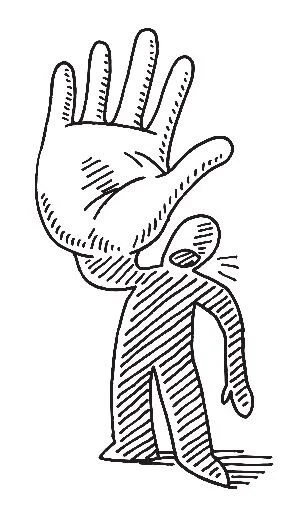What to Do When Abrasive Behavior Enters your Organization
/[Excerpted from International Ombudsman Association (IOA) article by Mark Batson Baril, Dec. 21, 2020. Read the full article here: “What to Do When Abrasive Behavior Enters Your Organization,”]
In my work as a Conflict Resolver, Mediator and Ombuds, I have encountered 17 situations to date that have involved a leader with an abrasive leadership style. It’s been hard for me to admit, but it took eight of those cases over several years before I really understood what was going on — and what to do about it.
In most of those cases the teams and organizations worked toward agreements that more or less stuck and the team’s performance improved. Yet, lurking beneath those changes was the abrasive behavior of the leader/individual that had not changed, so had not been addressed in a substantial way.


















When we join a company, partnership or team, our expectation is that everyone involved will exhibit professional behavior toward us and each other. Instead, it’s highly possible that we may become one of the more than 60 million adults in the United States who are affected in some way by bullying behavior at work.
What kind of behaviors are we talking about? Our definition is any interpersonal behavior that causes emotional distress in others sufficient enough to impede their productivity or disrupt organizational functioning. It isn’t just a personality conflict — it’s a chronic pattern of disrespectful behavior.